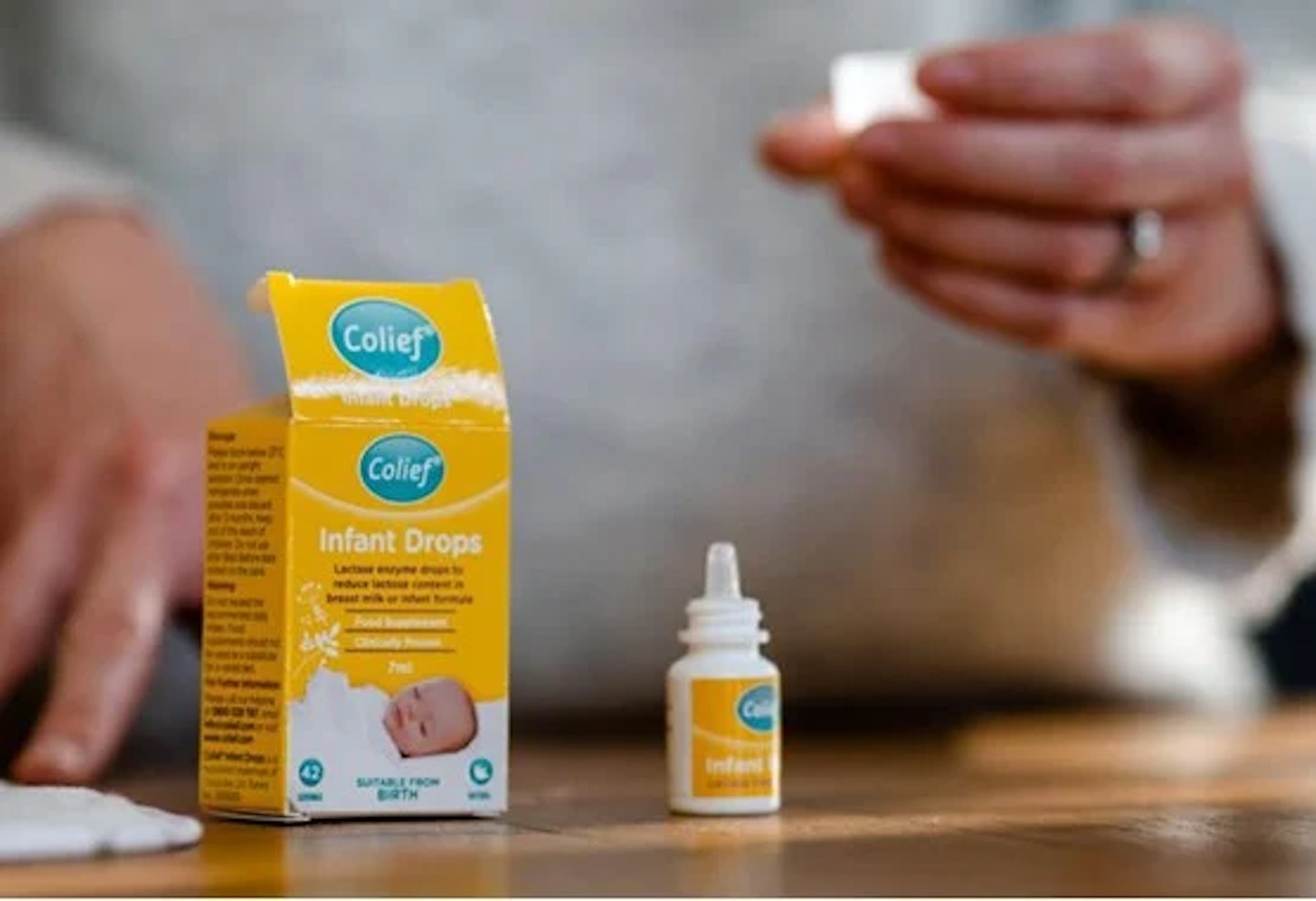Advertisement Feature
Have you tried just about every trick in the book to console your baby but they’re still crying? They could be suffering from Colic.
Of course, we know that all babies cry, but if your baby is crying for at least three hours per day for at least three days a week and this behaviour continues for a minimum of three weeks, it’s likely they’re suffering from [Colic]{href='https://www.motherandbaby.com/baby-and-toddler/baby-and-toddler-health-advice/colic' }.
Colic is very common and causes babies to cry uncontrollably for no apparent reason. This excessive crying occurs in 1 in 5 infants and can be very distressing for the whole family to deal with, as calming a colicky baby is virtually impossible. The crying can last for hours and will sometimes continue throughout the night.

Many bouts of colic ease off by the time your baby is around the 10-12 week old mark, but if you want to help your baby through their colicky phase, there are a few things you can do to try and help them.
Experts believe that one of the underlying causes of colic could possibly be to do with digestive issues. It’s thought that symptoms such as gas, infant acid reflux and a sensitive tummy can all set off colicky behaviour. That’s why remedies to help your newborn’s digestive system may help ease their symptoms.

Colief Infant Drops have been helping mums with colicky babies for over 20 years and offer a natural remedy to help break down lactose into simpler sugars, glucose and galactose, making it easier for your baby to digest their feeds and reducing their discomfort.
Similar to gripe water, the drops can ease the symptoms of colic and are suitable for use from birth onwards, whether an infant is breastfed or formula-fed and they’re even suitable for premature babies. They can be used at every feed until the baby is around three to four months old.
How to use Colief Infant Drops
With breastmilk
-
Express about a tablespoon (15ml) of breast milk into a clean container.
-
Add 4 drops of Colief to the milk.
-
Give this to your infant on a spoon before initiating breastfeeding.
-
Breastfeed as normal.
Using Colief with formula
-
Prepare your infant’s formula as per manufacturer’s instructions.
-
Add 4 drops of Colief Infant Drops to warm (not hot) formula.
-
Wait 30 minutes, gently shaking the formula occasionally, then feed your infant as normal, making sure that the formula is at the correct temperature.
-
Discard any unused formula.
Colic tips and tricks
-
Although it is extremely distressing, the most important thing to remember if your baby suffers from colic is to remain calm.
-
Keep track of the times when your baby’s colic is at its worst. From this, you may be able to find a pattern associated with any triggers. This allows you to better understand how to ease the symptoms.
-
Introduce a calming routine around the time of day when your baby’s colic is usually at its worst – this is typically in the evening.
-
Ensuring your colicky baby’s lactase levels remain high is one way to tackle colic symptoms naturally. All babies are different and not every case of colic is caused by temporary lactose intolerance, so you can do a one-week trial of Colief Infant Drops and see if there is an improvement.

Colief Infant Drops are available from Boots, Superdrug, supermarkets and pharmacies nationwide (7ml RRP £11.99, 15ml RRP £15.99)
Find out more at colief.com
